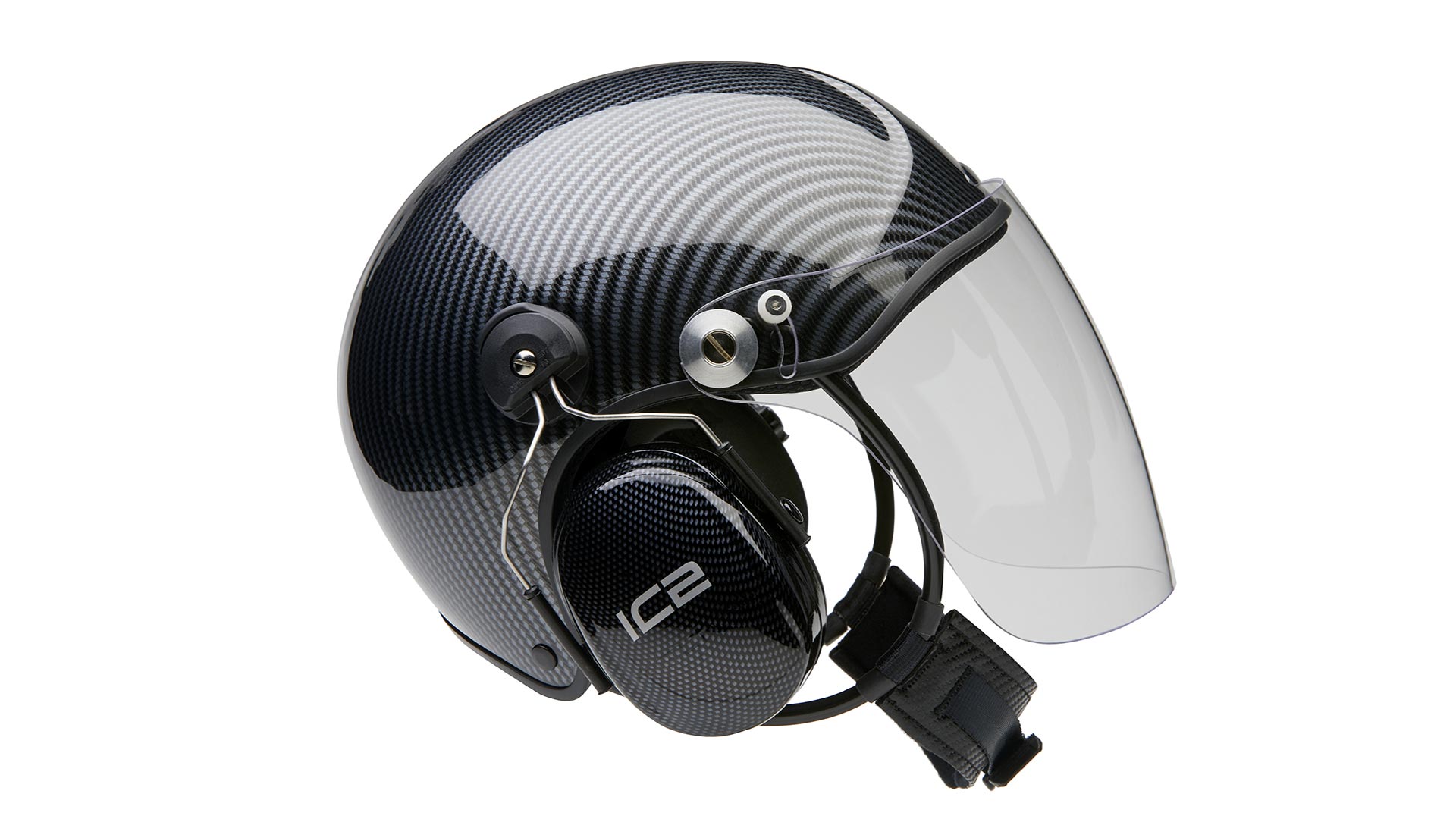
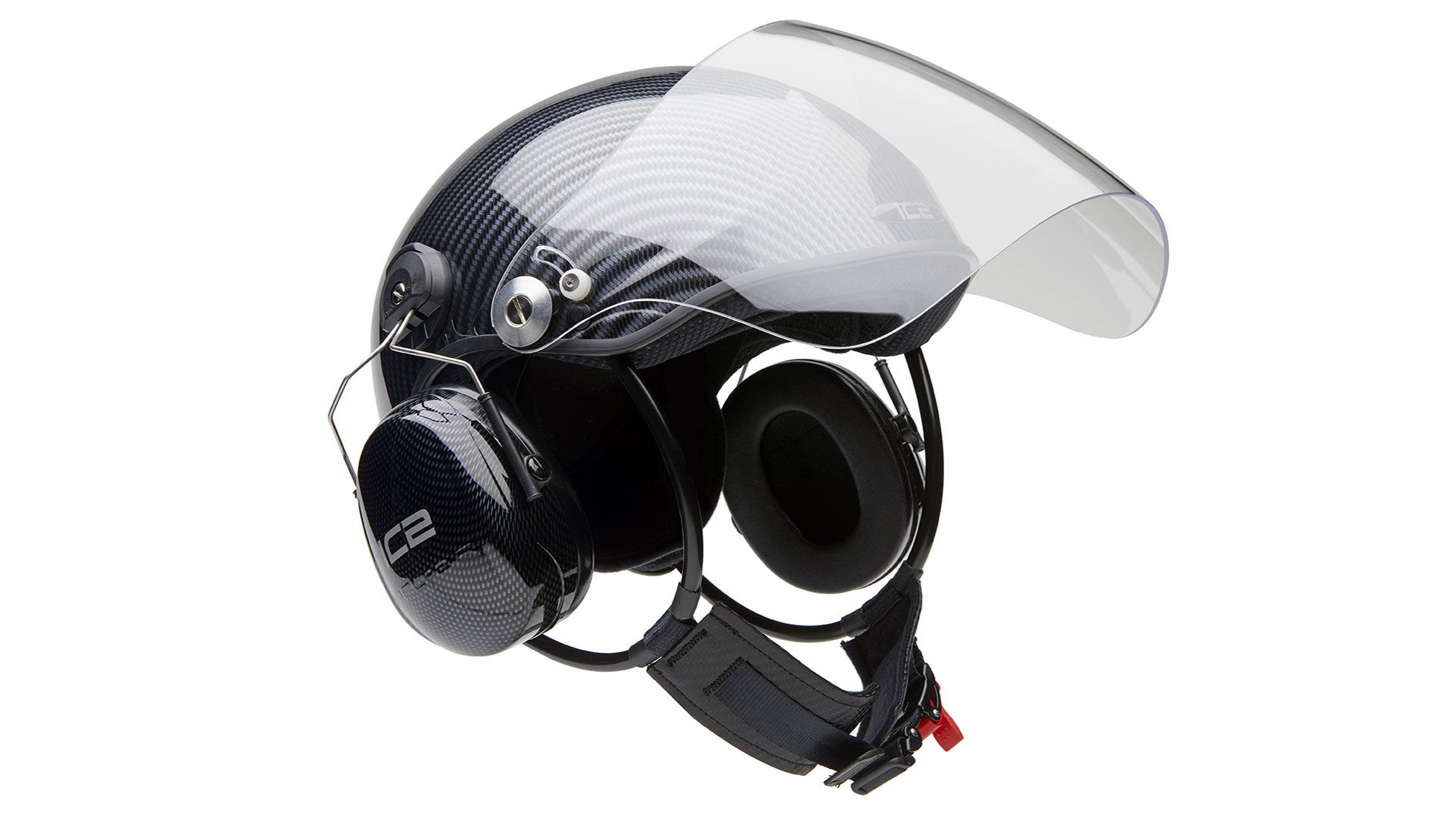
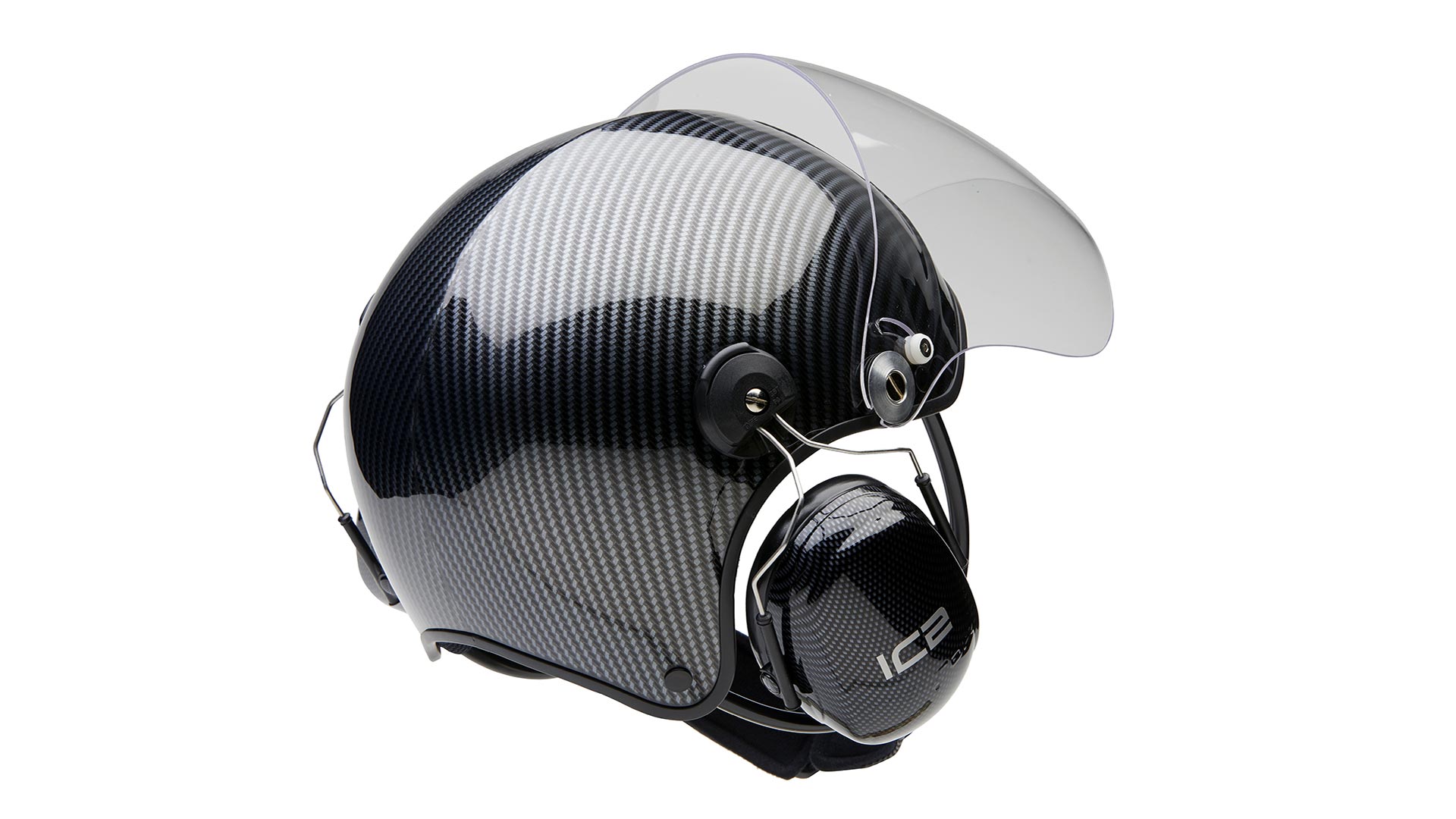
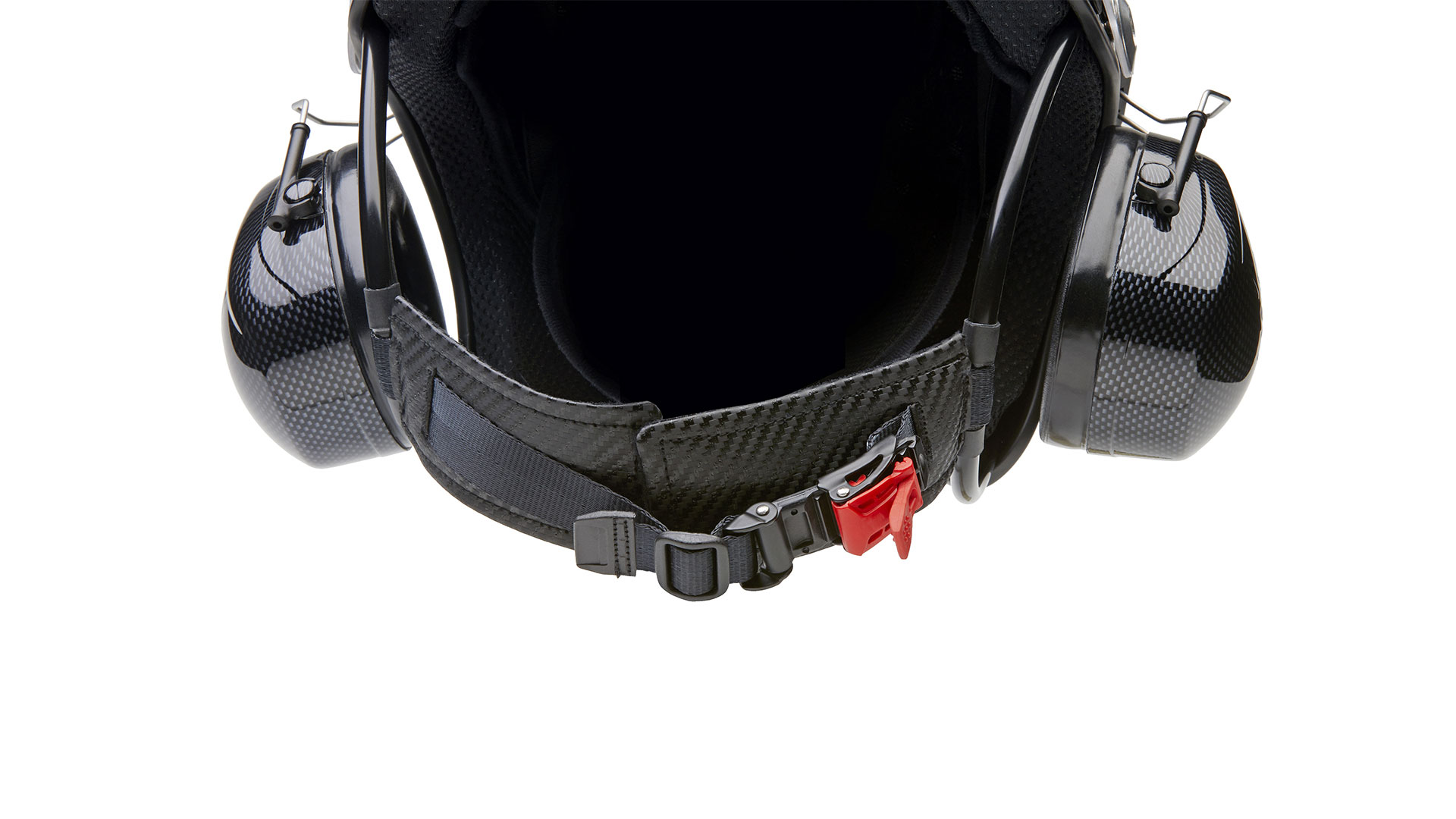
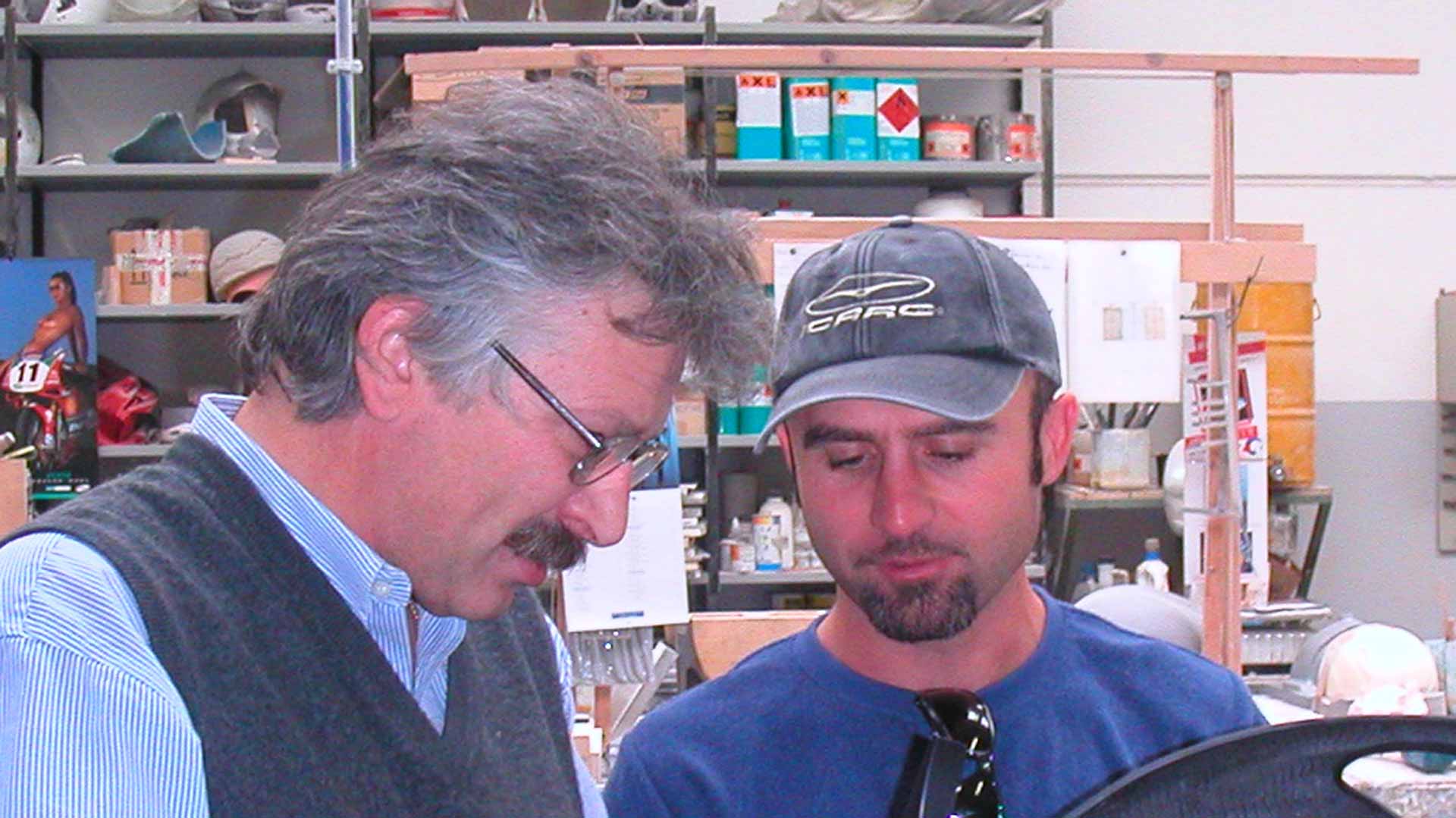
The TZ has been designed by Ignazio Bernardi, with the technical consultancy from the greatest Italian helmet developer.
The result is a helmet with a very modern look.
The 3 mm thickness polycarbonate shell has the advantage to be very light but still very strong.
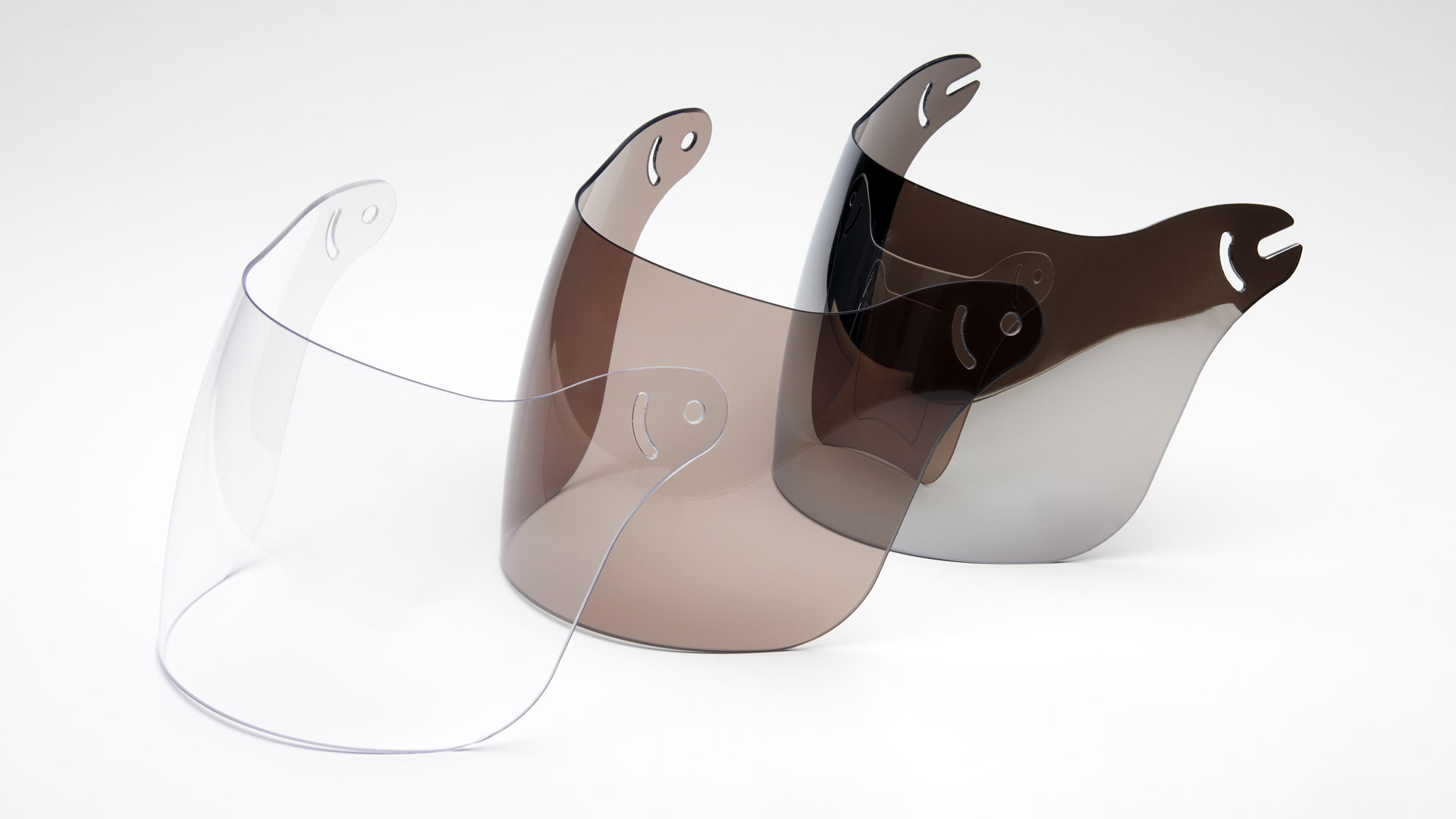
The visor is an option.
It is made of polycarbonate with anti-scratch and anti-fog treatment.
3 colors are available:
transparent, tinted brown, mirror.
(attention: the mirror visor is very delicate)
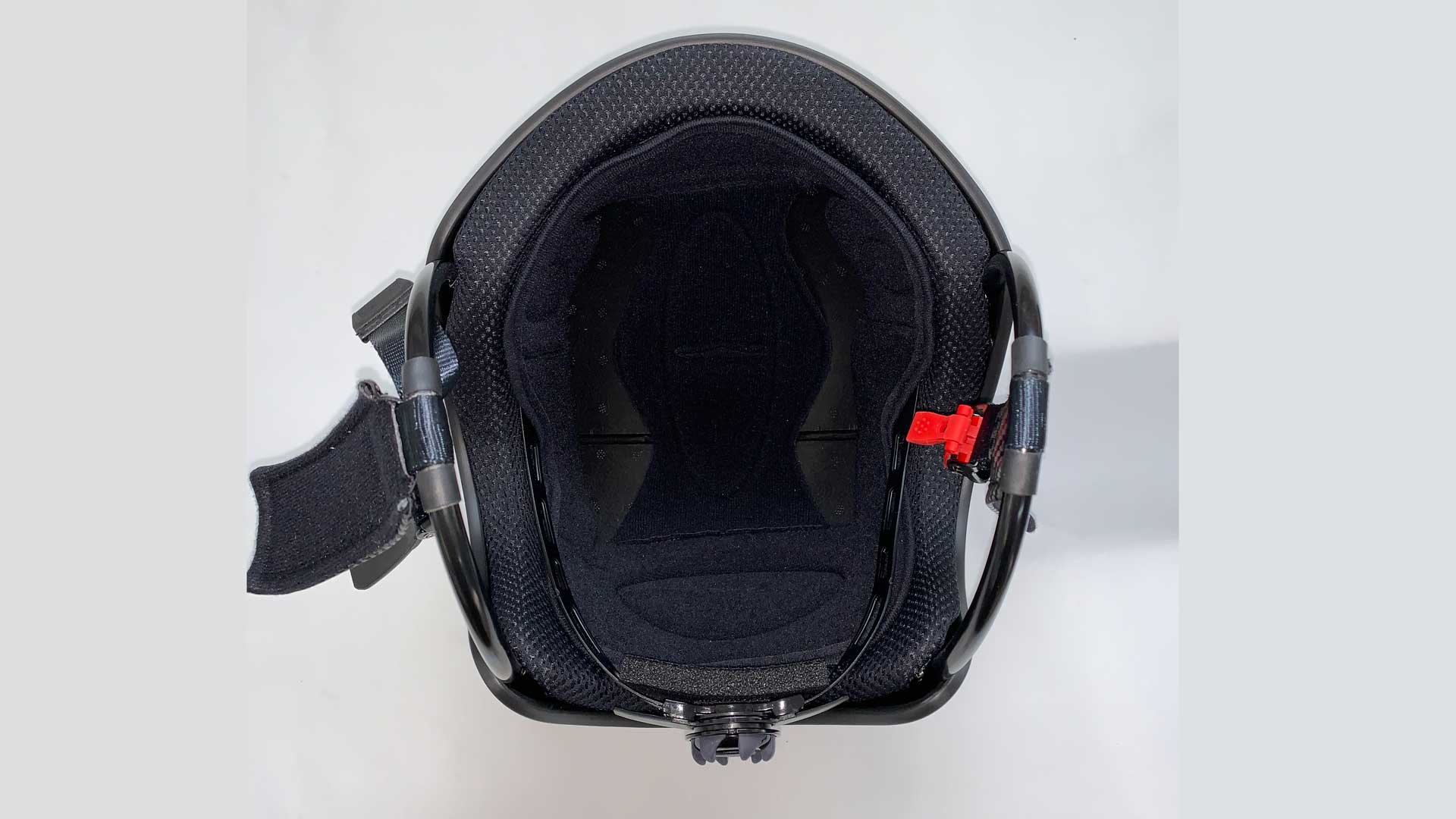
There are 3 available sizes with wheel regulator for a perfect fit
of the head circumference from 53 cm to 61 cm.
The size of a helmet is always described by the inner circumference of the internal padding.
The size number therefore corresponds to the head circumference in centimetres.

3 internal paddings are adapted to the 3 sizes determinated by the wheel regulator situated in the back of the helmet. They can be replaced by larger or smaller padding pieces included the wheel regulator, thus varying the helmet size.
You just choose your own size of ICARO tailored inner helmet lining
for a safe, perfectly comfortable head fit….
It can be changed in moments in case a different size is needed.
If the helmet is not a perfect fit, we send a new padding free
of charge, independently from where you bought the helmet.
The important advantage: you can easily remove the padding and replace it with a new one or just wash it.

The chin strap is millimetrical adjustable.
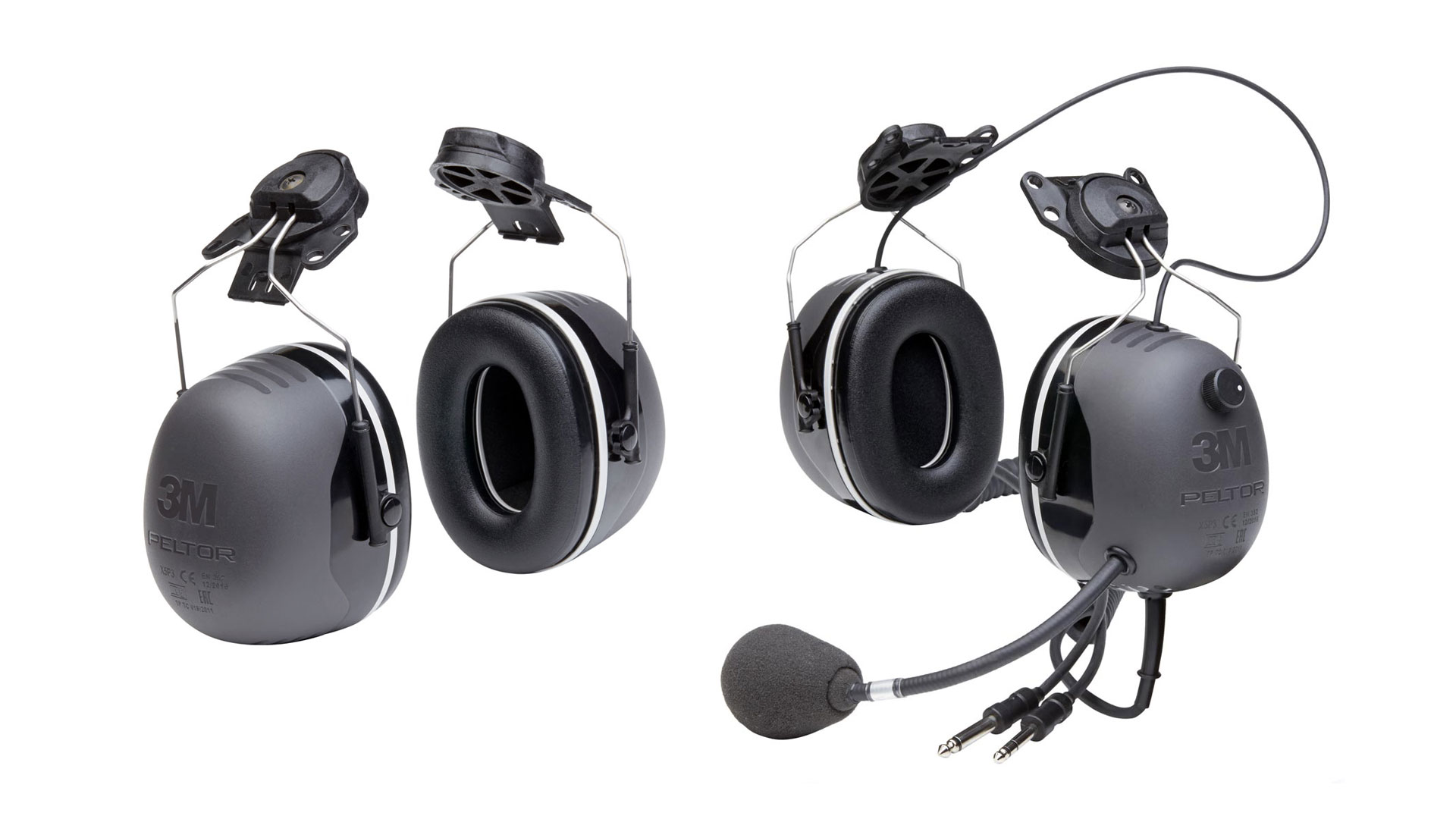
The TZ helmet is certified only with attached ear defenders
or electronic headsets.
We use the best ear defenders on the market and we mount them perfectly onto the helmet.
The advantages of wearing a headset fixed to the helmet
Ear defenders, or alternatively electronic headsets fixed to the helmet, are mandatory for EN 966 certification.
The TZ is certified only with attached ear defenders or electronic headsets.
The TZ model has been tested by the italian laboratory CSI a company authorized by the Italian Ministry of Transport.
All our helmets are designed especially for free flight and micro light pilots, in accordance with the European standards (EN 966).
Our helmets were designed and built specifically to be as light as possible.
However they optimize safety for hang glider, paraglider and micro light pilots, as shown by the information above.
Look at the certication sheet and the full
test report.
For more information about the E.N. 966 test please read our page
About safety
When you are trying on a helmet whose shell has an opening in correspondence with the ears, because they are designed to be used with headsets (whether for noise reduction or radio communications), it is essential to fasten the chinstrap correctly and position the headphone cups (swing them down into the closed position) over the ears.
In fact, if these helmets are worn without headphones, a large portion of the contact surface, which contributes considerably to the helmet’s stability on the head, is missing.
So if you try on the helmet with the headphone cups in the open position, the helmet will feel unstable.
In addition, the headphones are part of the certification, and so a helmet of this type worn without headphones can be considered as not certified.